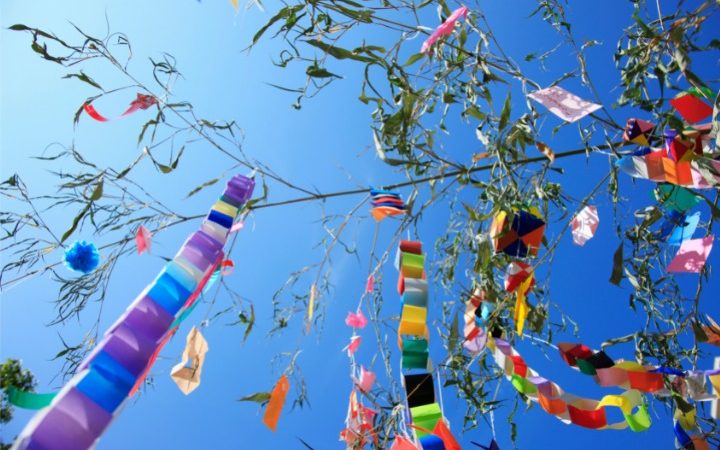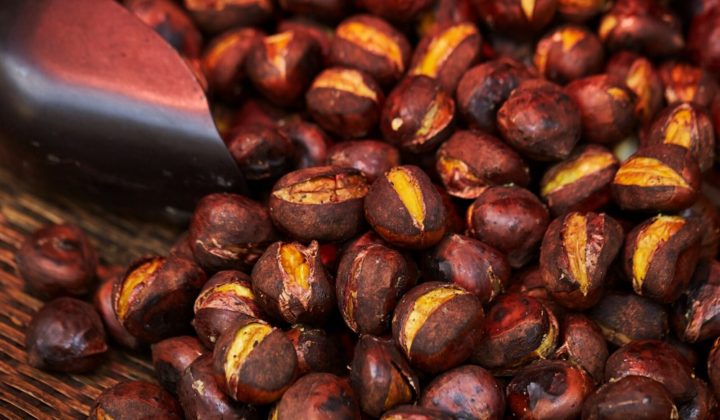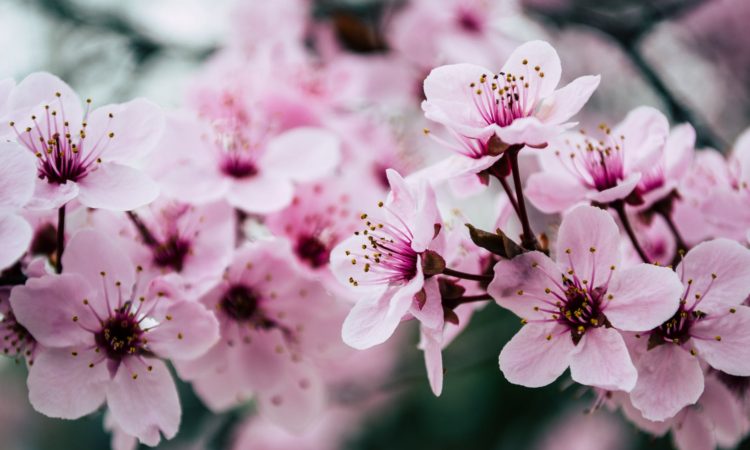Continuing with our series about Japanese food culture, today’s featuring star is Wagashi (和菓子), an indispensable part of a traditional Japanese tea ceremony. So, what is Wagashi and what makes these traditional sweets the beauty of Japan’s food culture?
What Is “Wagashi”?
According to Tokyo Wagashi Association, Wagashi has a long history of over two thousand years ago, when mochi (Japan’s oldest processed food) was made. Therefore, it is rational to say that Wagashi represents Japanese culture and history.
The term “Wagashi” is used for traditional Japanese confections, which are often enjoyed with a cup of green tea. They have varied shapes, different consistencies, and preparation methods. Still, the main ingredient in most of those Japanese sweets is azuki bean paste (anko). Boiled azuki beans are sweetened with sugar and mashed to come in many types: koshian (smooth anko), tsubuan (chunky anko), and uguisuan which is made with green peas. Other common ingredients to make wagashi are rice flour, mochi (rice cakes), kanten (agar), sesame paste, and chestnuts.
While wagashi can be found almost everywhere in Japan, you can only enjoy some particular types of wagashi seasonally or regionally. Below are the most common wagashi types that you can easily find when visiting Japan.
Some Most Common Wagashi Types That You May Encounter
1. Nerikiri (練り切り)

Credits: Canva.com
Nerikiri (練り切り)is a type of Japanese wagashi made by mixing sweetened white bean paste with glutinous rice flour. Making nerikiri is like creating a work of art because it incorporates certain seasonal features. The most popular type is Sakura Nerikiri (桜練り切り) which reflects the shape of Japanese cherry blossom and is only available during springtime. There are also other shapes, including flowers, animals, and scenery.
With its delicate presentation and tastiness, nerikiri is an indispensable sweet snack served at tea ceremonies. Still, you can eat it at any time of the day.
2. Daifuku
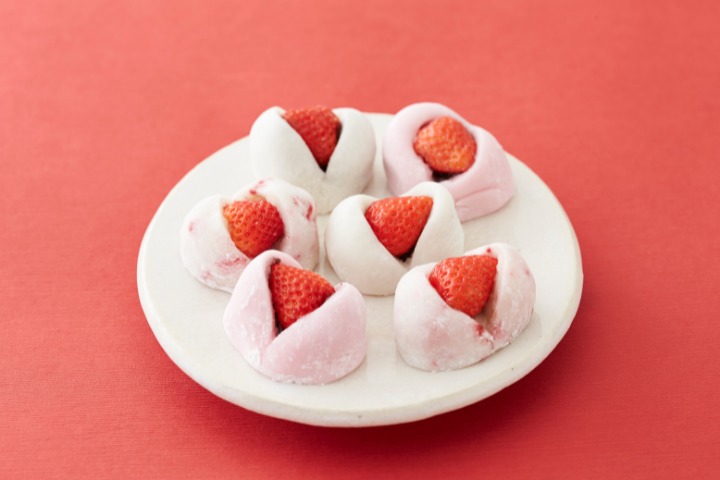
Credits: Canva.com
Another popular representative of wagashi is daifuku (大福), meaning “good luck” in English. Its original name was “Habutai mochi” or “belly thick rice cake”. As its name suggests, daifuku are small round mochi stuffed with a sweet filling.
There are various types of daifuku based on their fillings and ingredients. One of the most famous variations is ichigo daifuku (苺大福)which has a whole strawberry wrapped in azuki bean paste and coated with a layer of mochi.
3. Yokan
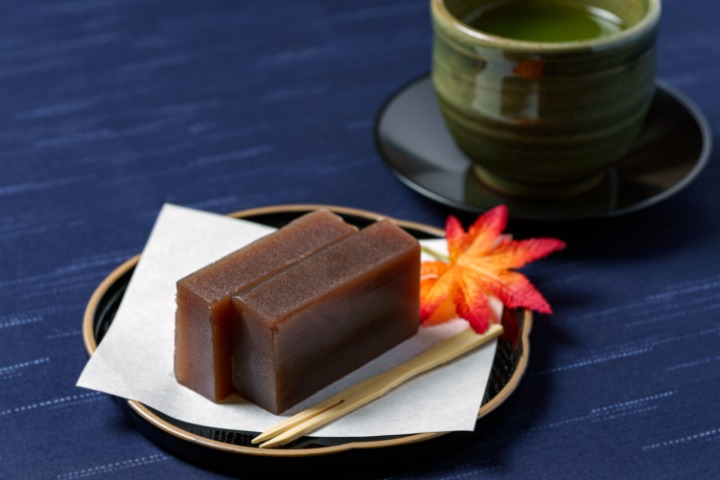
Credits: Canva.com
Yokan (羊羹) is a thick and jelly-like dessert made of agar (kanten) and sugar. It comes in different variations like azuki bean paste or green tea, is often sold in blocks, and is sliced before being served. Yokan does not need to be kept in a refrigerator and has a pretty long shelf life.
To make yokan, dissolve agar, or kanten, in boiling water and add sugar afterwards. After boiling down the mixture to make it thickened, pour it into a mold and coagulate. This is called neri yokan (練り羊羹). A variation with a finer texture called mizu yokan (水羊羹) is made by adding more water. Also, there is mushi yokan (蒸し羊羹), produced by kneading and steaming the mixture of azuki powder, flour and sugar.
4. Dango
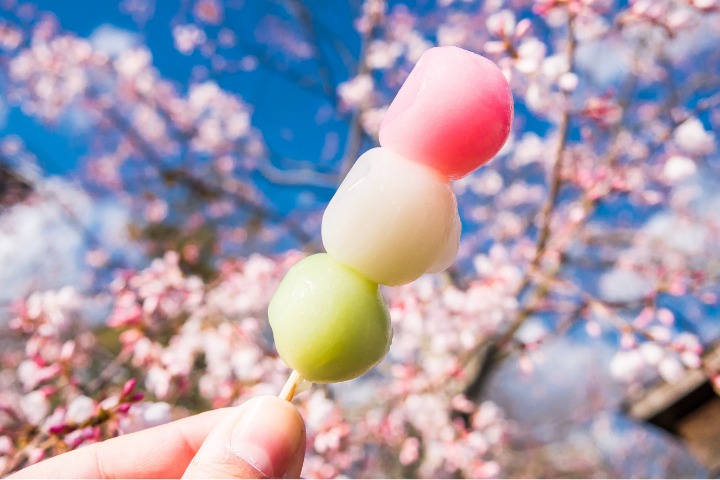
Credits: Canva.com
Dango (団子) are a kind of Japanese steamed dumpling made of rice flour. They are usually found on a skewer with some toppings like sweet sauce or bean paste.
Dango are typical street food in Japan and is popular during festivals, especially in springtime when people enjoy this wagashi on their hanami trip. This is called Hanami dango, coated in pink, green and white. Hanami dango uses mild flavourings to make its coloured coats: red shiso for pink, green tea for green, while white remains plain.
5. Taiyaki
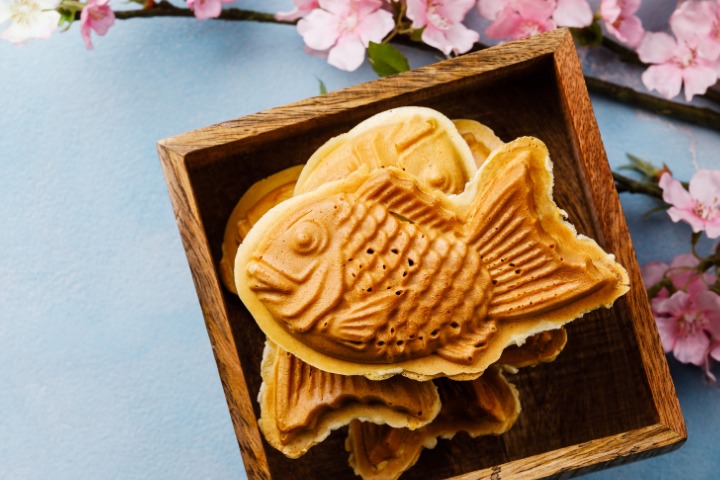
Credits: Canva.com
Along with dango, Taiyaki (たい焼き) is also a common street food you can find almost anywhere in Japan. It is known for its distinct fish shape made of batter and filled with azuki bean paste. There are also other modern fillings like custard chocolate, cream, cheese or sweet potato. You can best enjoy Taiyaki while the batter is still hot and crispy.
Its name originated from “tai”, a fish called red seabream. It is considered to be the symbol of luck and fortune in Japan as they used to be only afforded by the rich or served on special occasions.
If You Have a Sweet Tooth, Dig Into Japanese Wagashi!
Needless to say, Japanese wagashi is truly the beauty of Japan’s food culture for not only its delicate taste and presentation but also its connection with Japan’s history. So, why not give them a try? As a sweet tooth, there is definitely nothing better than to enjoy some delicious sweet snack with a cup of green tea!
For more interesting articles about Japanese food culture, follow us at @guidablejapan
More related readings:
- 5 Delicious Sweets You Must Try during Autumn in Japan
- Hungry? Try these 10 Japanese Snacks Now
- Snack Time! Know Your Japanese Rice Crackers
- Work Traditions in Japan: Omiyage Culture
Featured photo credits: Canva.com
– Michelle/Vietnam




